Notes
In Spite of Cancer Link, Meat Never Looked So Good
A World Health Organization report linking red and processed meats to cancer made headlines this week. Though doctors have long warned of the health dangers associated with red meat, the report has been the most definitive released. The press has illustrated the “news” primarily through seductive photographs of meats that appear fitting for menus or food advertisements.
To an omnivore these images look—in a word—delicious. Above we see bacon from this NPR story, perfectly crisped, cropped closed and contrasted against the backdrop of a white ceramic plate. Just below, we see a delectable roast-beef (or brisket?) sandwich perched atop another shiny ceramic plate. Though the background is blurred, the warm hues create the impression of a cozy, comforting dining environment. These photos tease us. They tempt us to eat, while the reports tell us we should avoid red meat.
Though, according to the report, red meat is risky, processed meats are by far the riskiest choice. Striking about this collection of imagery, then, is that the photographs used to report on these dangers don’t depict the actual process of meat production. We see photos of meat only once it’s at the point of individual consumption. In other words, cancer prevention comes down to what we chose to plate out of what’s customarily served.
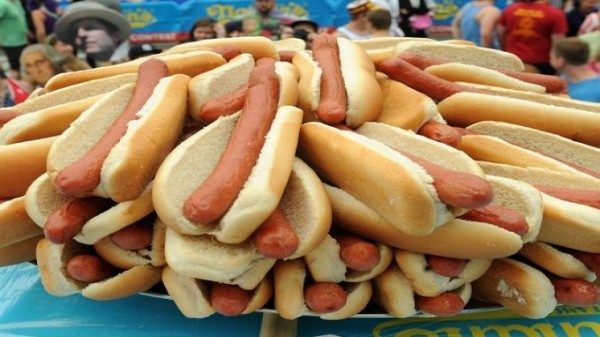
Here we see a stack of hot dogs from Nathan’s Famous Hot Dog Eating Contest, an event that occurs on Coney Island every 4th of July. The hotdogs have been placed in buns, ready to be consumed quickly and in great numbers. The cropping, again, is close, but behind the dogs we see folks at Coney Island and various ephemera of Americana. Though we’ve been seduced by these meats, the pictures imply that consumers need to discipline themselves to maintain good health. The implied blame for cancer here lies with individual gluttony, rather that meat production.
Another photo features sausage links hung in a butcher shop against a backdrop of gleaming tile and stainless-steel butcher’s hooks. Again, the implied responsibility is in the hands of the consumer, who chooses whether to purchase the cured meat, or not.
The pristine shine of tile and steel imply that the production behind the meat is clean. We aren’t invited to question how the American food industry prepares meat; we question our own decisions. Where are the graphic images of what happens in meatpacking and production factories? Where are photos of the chemical additives included in meat curing? At this crucial moment in which the meat industry is on the defensive, these images do not imply that meat production needs to be disciplined. Instead, absent the process, the imagery suggests it’s public willpower that’s on the hook.
— Valerie Wieskamp
photo: No credit; photo 2: Spencer Platt/Getty Images caption: A classic pastrami sandwich is viewed at Katz’s Delicatessen on March 20, 2015 in New York City. A pastrami sandwich at Katz’s will now cost $21.50 with tax due to the rise in the meats price. Beef prices increased 19% in January and are expected to keep climbing; photo 3: Bobby Bank/WireImage; caption: Atmosphere at the 2015 Nathan’s Famous 4th Of July International Hot Dog Eating Contest at Coney Island on July 4, 2015 in New York City; photo 4: Jessica Rinaldi/GLOBE STAFF caption: Cured meats at Monica’s Mercato in Boston’s North End.
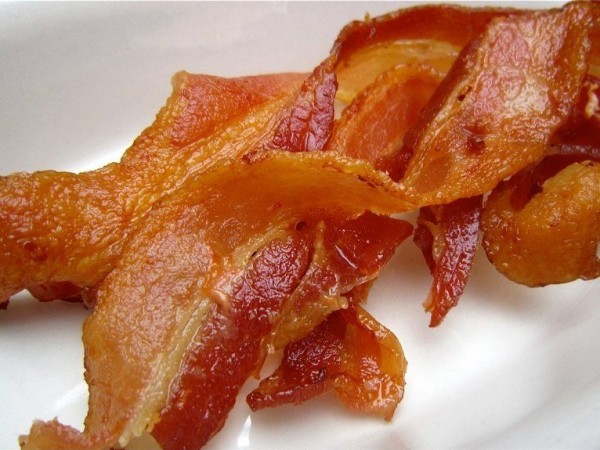
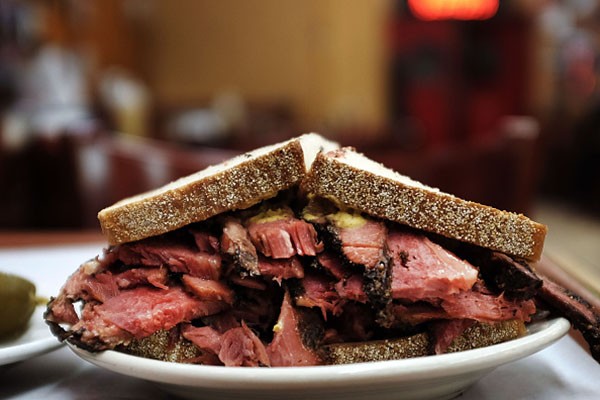
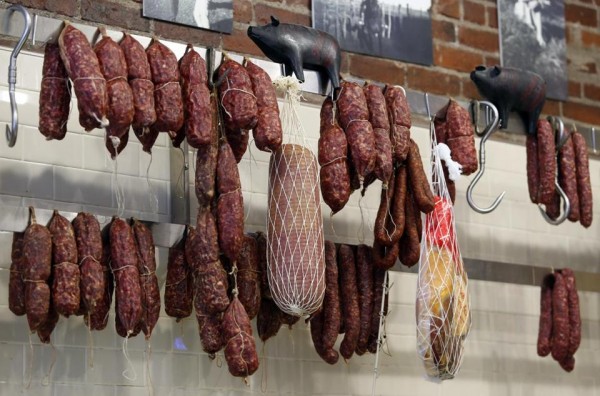
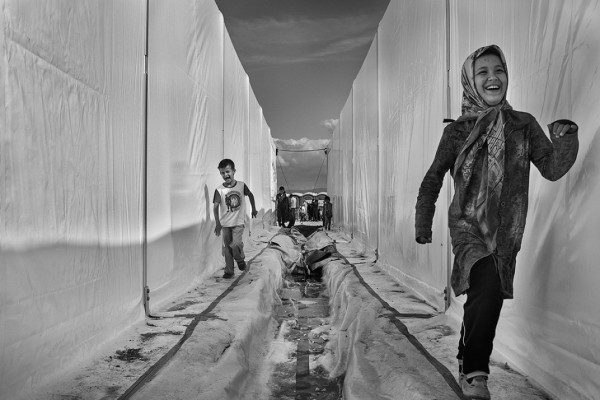
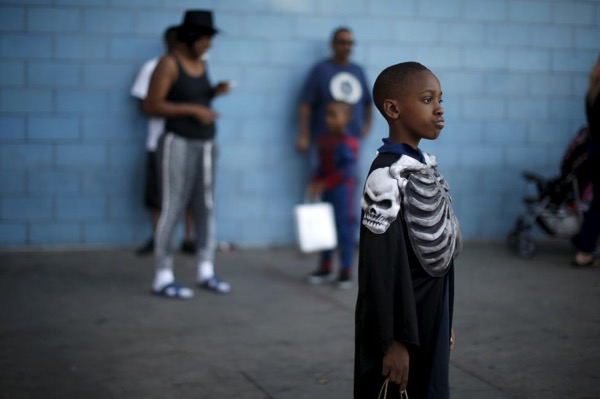
Reactions
Comments Powered by Disqus